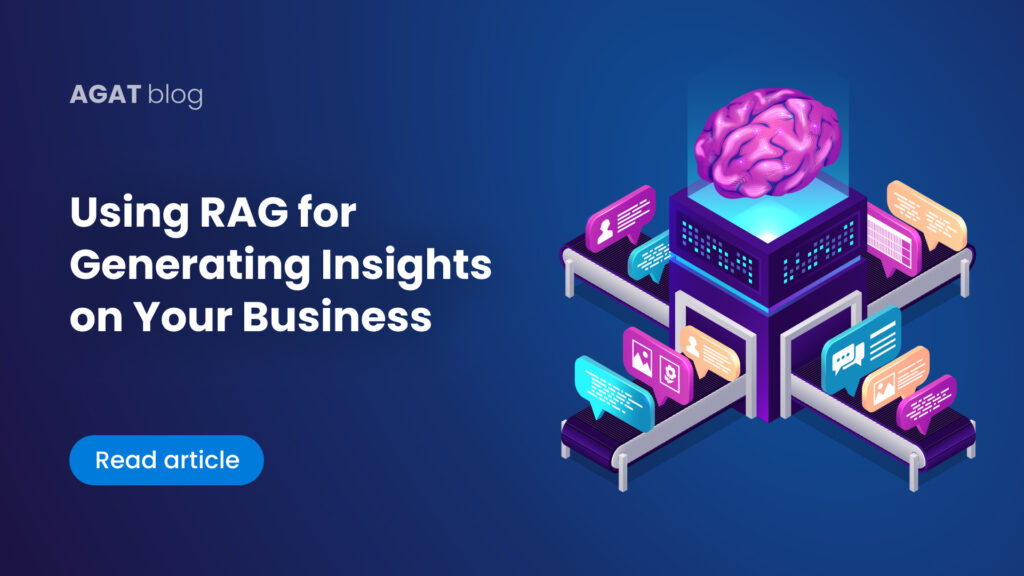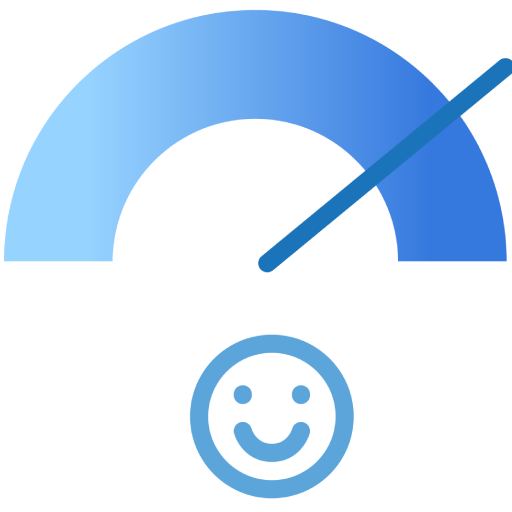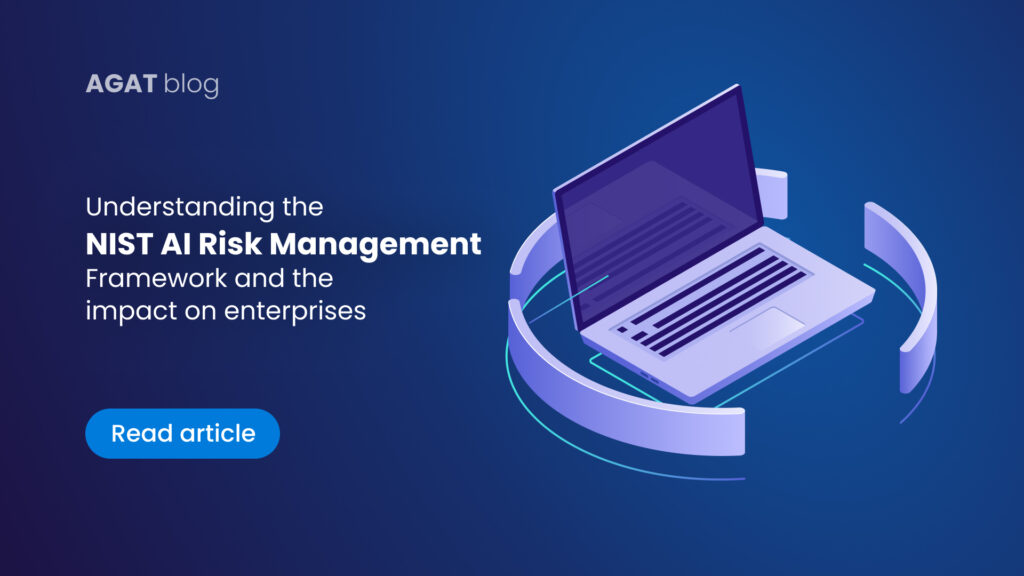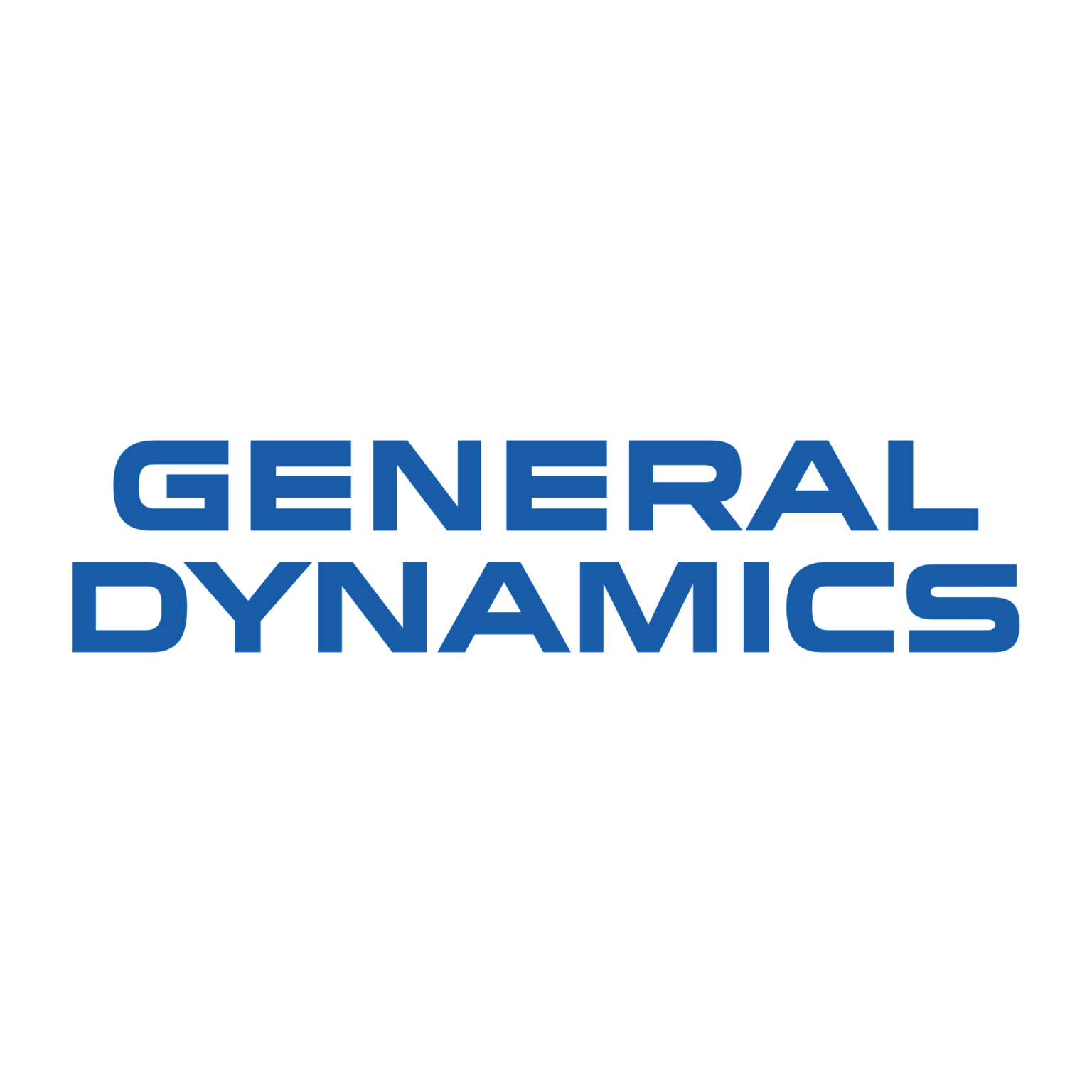
In Natural Language Processing (NLP), where machines endeavor to comprehend and generate human-like text, innovation constantly pushes the boundaries of what's possible. Among the latest breakthroughs stands RAG, short for Retrieval-Augmented Generation, a cutting-edge approach that promises to revolutionize how machines understand and produce text.
How RAG Works:
Retrieval Mechanism: RAG employs advanced retrieval mechanisms, such as dense vector representations or traditional keyword-based search, to fetch relevant documents from a pre-defined knowledge source. These sources could range from large text corpora like Wikipedia to domain-specific databases.
Augmentation Phase: Once the relevant documents are retrieved, RAG leverages this information to augment the generation process. Instead of solely relying on the model's internal knowledge, RAG enriches it with the retrieved content, providing additional context and factual accuracy.
Generation Process: With the augmented knowledge, RAG generates text that is linguistically fluent and grounded in the retrieved information. This ensures that the output is contextually relevant and coherent, bridging the gap between generic language generation models and domain-specific understanding.
Understanding RAG in the Business Context:
RAG marries two critical NLP components—retrieval and generation—to enhance information processing and content creation.
Retrieval: This phase involves sourcing relevant data from extensive databases, akin to a search engine pulling precise documents from a vast digital repository.
Generation: Building on the retrieved data, RAG generates coherent and context-aware text, leveraging advanced language models to produce outputs that resonate with the input's context.
This dual approach ensures that RAG not only fetches pertinent information but also synthesizes it into actionable insights, making it an invaluable tool for businesses.
Applications of RAG:
The versatility of RAG opens up a plethora of applications across various domains:
1. Question Answering:
RAG can revolutionize question-answering systems by combining retrieval and generation techniques. Here's how it works:
Example: Consider an internal knowledge base query system for a large corporation. Employees often have specific inquiries about company policies, project details, or technical support. When an employee asks, "What is the process for remote work approval?", RAG retrieves information from the company's HR policies and previous relevant queries to generate a comprehensive answer, streamlining internal processes and enhancing employee understanding
2. Content Creation:
RAG can be a game-changer in content creation tasks such as summarization and paraphrasing. By leveraging external knowledge, it can produce more informative and nuanced content:
Example: In corporate communications, creating detailed reports, presentations, and newsletters is routine yet critical. RAG can assist in generating these documents by summarizing industry trends, financial reports, and internal data. For example, to prepare a quarterly industry trend report, RAG can analyze and summarize information from various industry publications, reports, and market analyses, creating a cohesive document that highlights key trends and implications for the company.
3. Conversational Agents:
Integrating RAG into conversational agents enhances their ability to provide accurate and informative responses by tapping into external knowledge sources:
Example: RAG can be integrated into corporate virtual assistants to provide employees and customers with more accurate and informative responses. For instance, a B2B customer interacting with a supplier's virtual assistant might ask, "Can you provide the latest compliance documentation for your manufacturing process?" RAG retrieves the most current compliance documents and summaries, ensuring the customer receives up-to-date and relevant information.
4. Information Retrieval:
RAG can improve traditional information retrieval systems by incorporating advanced language generation techniques:
Example: In the legal domain, RAG can enhance the effectiveness of legal research platforms. When a lawyer searches for case law related to a specific legal precedent, RAG retrieves relevant court opinions and statutes. It then generates a summary of the key arguments and rulings, providing lawyers with actionable insights to support their legal arguments.
5. Content Recommendations:
RAG can personalize content recommendations by understanding user preferences and retrieving relevant content:
Example: In a B2B context, customizing content and recommendations for clients based on their past interactions, preferences, and needs is crucial for maintaining engagement and satisfaction. RAG can analyze a client's history, including past queries, purchases, and feedback, to generate personalized product recommendations, tailored reports, and relevant articles. This not only enhances the client experience but also increases the likelihood of repeat business and long-term loyalty.
Conclusion:
Retrieval-augmented generation (RAG) stands at the forefront of NLP technology, offering enterprises a powerful tool to enhance data retrieval, content generation, and decision-making processes. By integrating external knowledge into business workflows, RAG ensures that organizations can generate nuanced, contextually relevant insights, driving efficiency, innovation, and competitive advantage.
For businesses seeking to harness the transformative power of RAG and seamlessly integrate it into their data analytics and content strategies, BusinessGPT offers a pioneering solution. Experience the future of enterprise intelligence with BusinessGPT.
Try BusinessGPT for Free today and unlock the full potential of your business data.

















